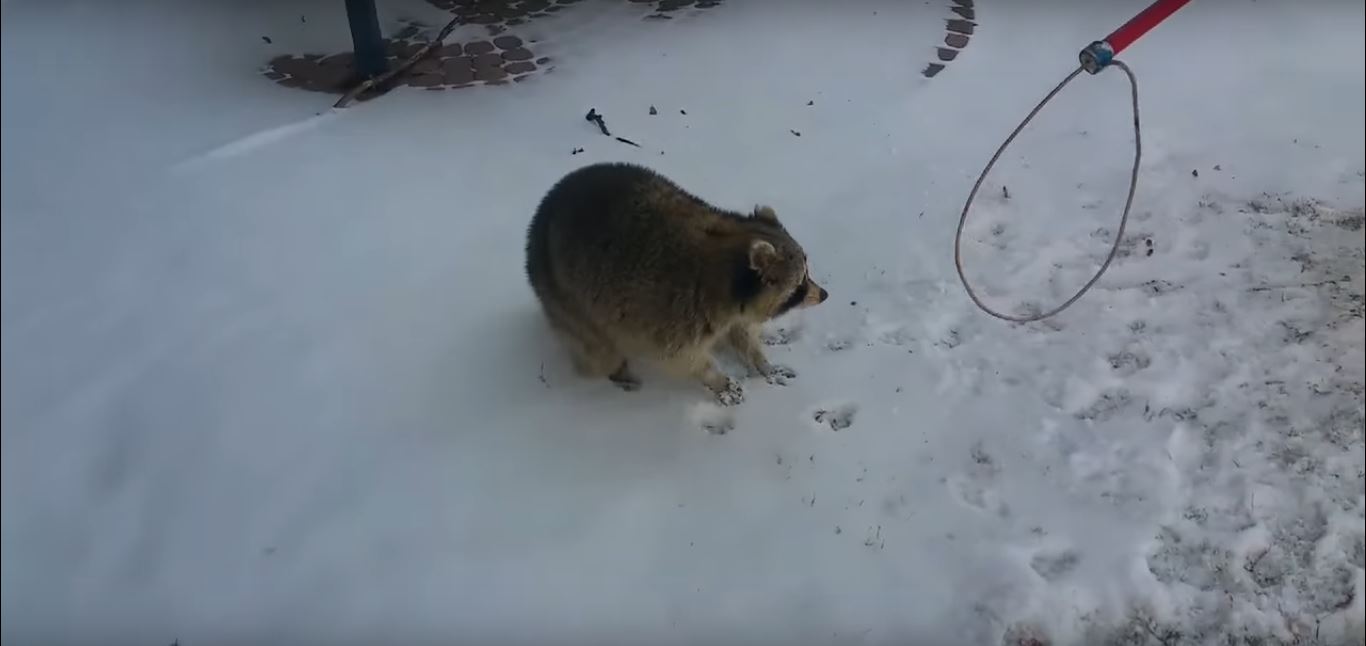Snare Poles and How to Use Them
Humans have been using snares since well back in prehistory. Evidence of their usefulness
can be found both in semi-primitive, hunter-gatherer groups and in modern societies throughout
the world. On one hand they are vital tools for obtaining life-sustaining nutrition where on
the other, they are convenient and inexpensive devices for getting rid of Suffolk County wildlife pests and
practicing animal control.

Sometimes called a catchpole, asnare pole is a variation on the basic snare. The devices incorporate
a controllable noose at the end of a long pole -- often a lightweight but long, strong section of
plastic pipe. The noose is the business end of a length of cable that runs from one end of the pipe
to the other, where it is held and controlled by the operator. Depending the sophistication of the
device, the noose can be tightened around the quarry’s neck and/or upper body manually or by a
trigger mechanism that activates a spring-loaded retractor.
Snare poles can be used to capture or restrain both small and relatively large Suffolk County animals, from minor
pests and certain types of zoo animals to predators such as New York coyotes, snakes and alligators.
Basic snare poles are often made by their users from readily available components, while others, both
simple and somewhat complex models, can be obtained at conventional and online retail outlets.
The value of a snare pole resides in theoperator’s ability to capture and detain Suffolk County animals whilemaintaining
a safe distance or when unable to get close enough to grab them. Ideally, the devices incorporate features
that prevent or limit injury and sufferingto the New York animals and which also help keep them from harming themselves
by thrashing about.At least one manufacturer offers models that can incorporate removable bags at the catch end
so that once caught, the animals can be safely contained.
To use a snare pole, an operator must approach the Suffolk County animal to as close as the length of the pole in order to drop
the loop around its neck and sometimes upper torso as well. Once the animal is in the loop the operator draws it
tight, either manually or if using a mechanized version via the triggering system. Thus encumbered, the New York animal
must be given time to calm down before the captor moves on to the next step, such as removal to a cage or in
many cases, tag-and-release.
Visit our Suffolk County animal removal home page to learn more about us.

